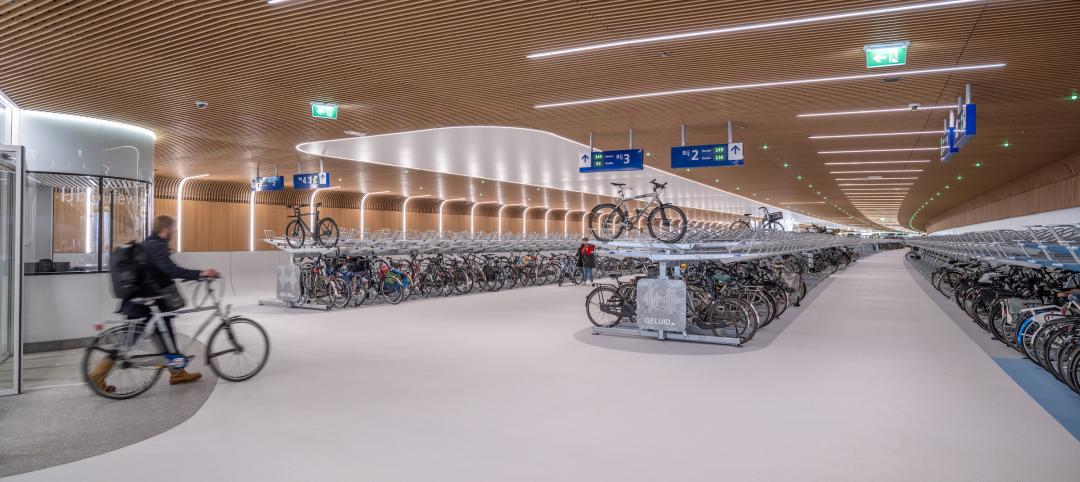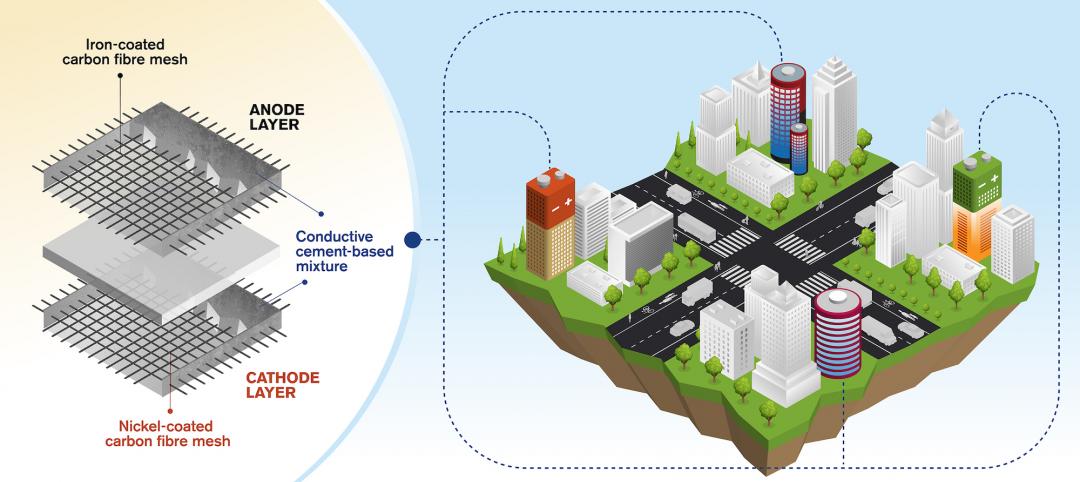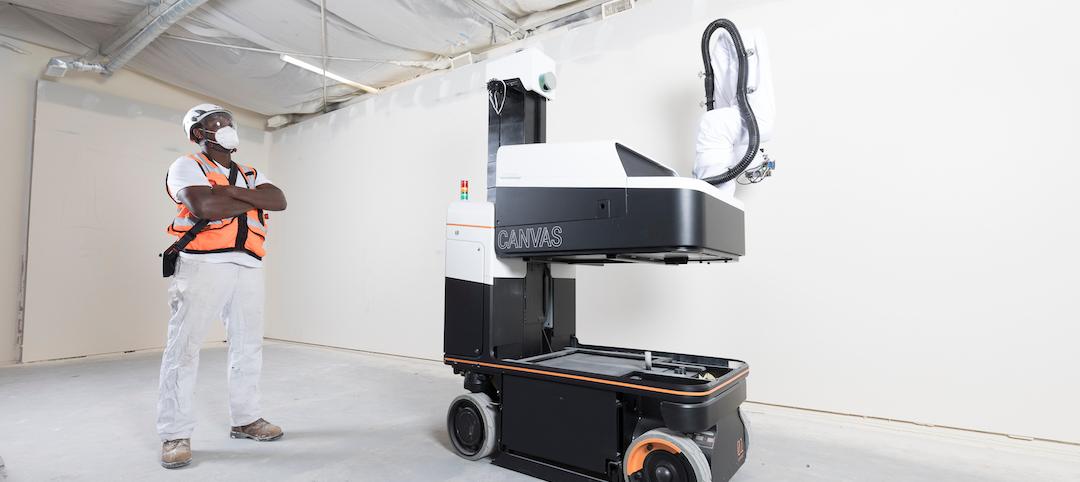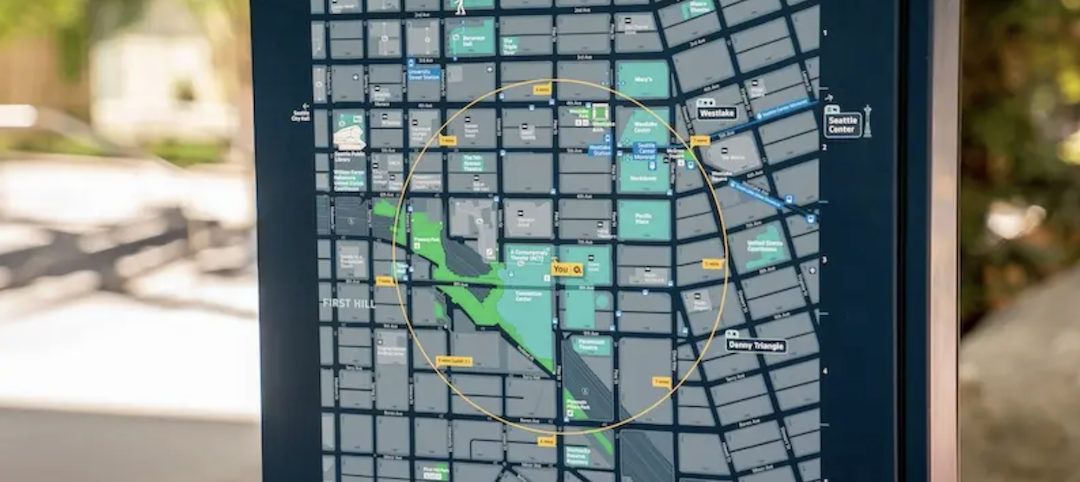There are only so many times a family can vacation to Disneyland before it grows a bit tiresome. The problem is, as jaded as it may seem, many vacation destinations fail to impress because they all provide similar experiences. But what if your next vacation could take a step off the well-worn path carved by thousands of travelers before you and, instead, become something completely tailored?
That’s the idea behind HOK’s Driftscape, a concept that combines hospitality with the technology of autonomous vehicles and drones. Driftscape uses modular glass units powered by long-range batteries to travel to locales previously uninhabitable by more traditional hotels, such as secluded tropical islands, mountaintops, and national parks.
Driftscape incorporates two components: the Oasis, which features operational and community units with a food and beverage element, and the Driftcraft, the actual guestroom.
Instead of the hotel room acting as the last stop on your journey, the Driftscape experience takes guests on what HOK designers call the “reverse journey.” The roaming guestroom collects the guests at a designated pick-up zone and then travels to their final destination, which will often be the Oasis and its myriad amenities set up in a remote, scenic location—all while leaving minimal impact on the environment, says HOK.
This all may sound a bit chimerical, but perhaps the most unbelievable aspect of Driftscape is its feasibility. “With the rapid advancements being made in the autonomous vehicle and drone industry by companies such as Tesla and Ehang, we estimate the possibility of this futuristic concept coming to fruition within five to seven years,” says Ian Rolston, LEED GA, Senior Project Interior Designer with HOK.
Initially, the Driftscape concept would be considered a premium experience and have a pricetag to match. But with the rapidly evolving technology, costs will eventually be akin to those of a luxury cruise, says Rolston.
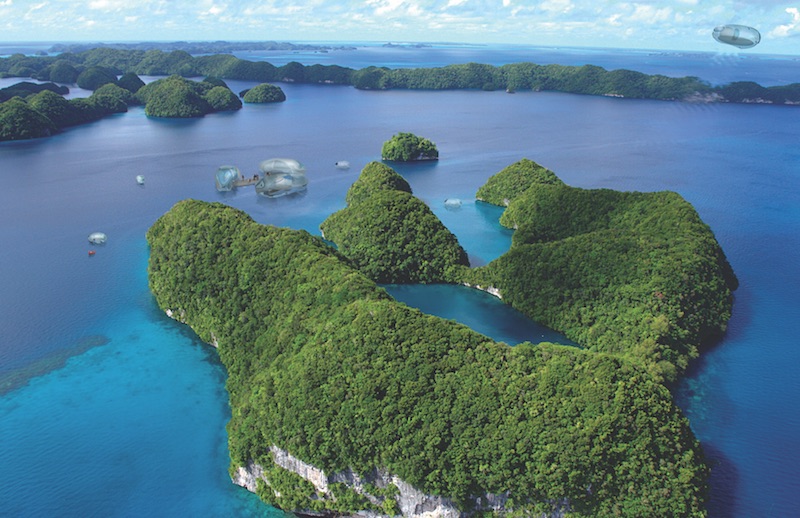 Rendering courtesy of HOK.
Rendering courtesy of HOK.
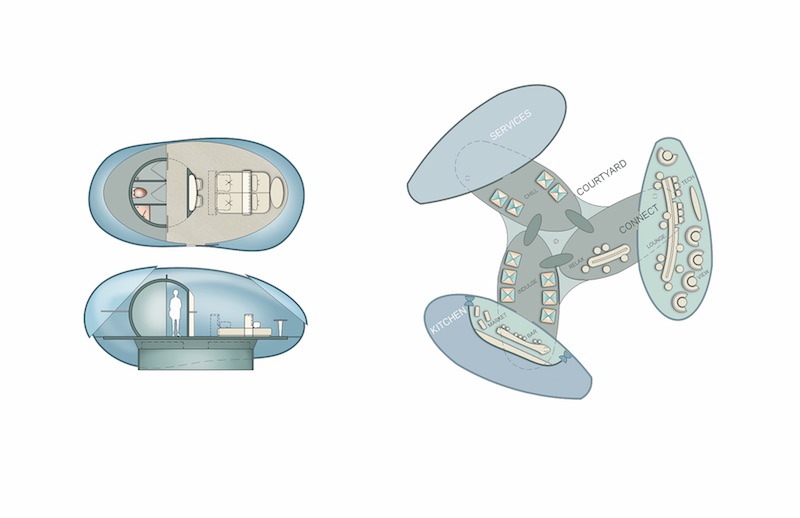 Rendering courtesy of HOK.
Rendering courtesy of HOK.
Related Stories
Cladding and Facade Systems | Apr 5, 2023
Façade innovation: University of Stuttgart tests a ‘saturated building skin’ for lessening heat islands
HydroSKIN is a façade made with textiles that stores rainwater and uses it later to cool hot building exteriors. The façade innovation consists of an external, multilayered 3D textile that acts as a water collector and evaporator.
Transportation & Parking Facilities | Mar 23, 2023
Amsterdam debuts underwater bicycle parking facility that can accommodate over 4,000 bikes
In February, Amsterdam saw the opening of a new underwater bicycle parking facility. Located in the heart of the city—next to Amsterdam Central Station and under the river IJ (Amsterdam’s waterfront)—the facility, dubbed IJboulevard, has parking spots for over 4,000 bicycles, freeing up space on the street.
Concrete | Jan 24, 2023
Researchers investigate ancient Roman concrete to make durable, lower carbon mortar
Researchers have turned to an ancient Roman concrete recipe to develop more durable concrete that lasts for centuries and can potentially reduce the carbon impact of the built environment.
Sponsored | Resiliency | Dec 14, 2022
Flood protection: What building owners need to know to protect their properties
This course from Walter P Moore examines numerous flood protection approaches and building owner needs before delving into the flood protection process. Determining the flood resilience of a property can provide a good understanding of risk associated costs.
Giants 400 | Nov 14, 2022
4 emerging trends from BD+C's 2022 Giants 400 Report
Regenerative design, cognitive health, and jobsite robotics highlight the top trends from the 519 design and construction firms that participated in BD+C's 2022 Giants 400 Report.
AEC Tech | Apr 13, 2022
A robot automates elevator installation
Schindler—which manufactures and installs elevators, escalators, and moving walkways—has created a robot called R.I.S.E. (robotic installation system for elevators) to help install lifts in high-rise buildings.
AEC Tech Innovation | Mar 9, 2022
Meet Emerge: WSP USA's new AEC tech incubator
Pooja Jain, WSP’s VP-Strategic Innovation, discusses the pilot programs her firm’s new incubator, Emerge, has initiated with four tech startup companies. Jain speaks with BD+C's John Caulfield about the four AEC tech firms to join Cohort 1 of the firm’s incubator.
Great Solutions | Jan 18, 2022
Researchers develop concept for rechargeable cement-based batteries
Researchers from the Department of Architecture and Civil Engineering at Chalmers University of Technology in Gothenburg, Sweden, have created a concept for rechargeable batteries made of cement. The concept involves a cement-based mixture with small amounts of short carbon fibers added to increase conductivity and flexural toughness.
Great Solutions | Nov 22, 2021
Drywall robots take the risk out of the finishing process
Canvas is using robots to complement the work already being done by drywall professionals.
Great Solutions | Sep 23, 2021
Seattle looks to become America’s most walkable city with a new citywide wayfinding system
Seamless Seattle will support the Seattle Department of Transportation’s commitment to increase the percentage of trips made by walking to 35% by 2035.



